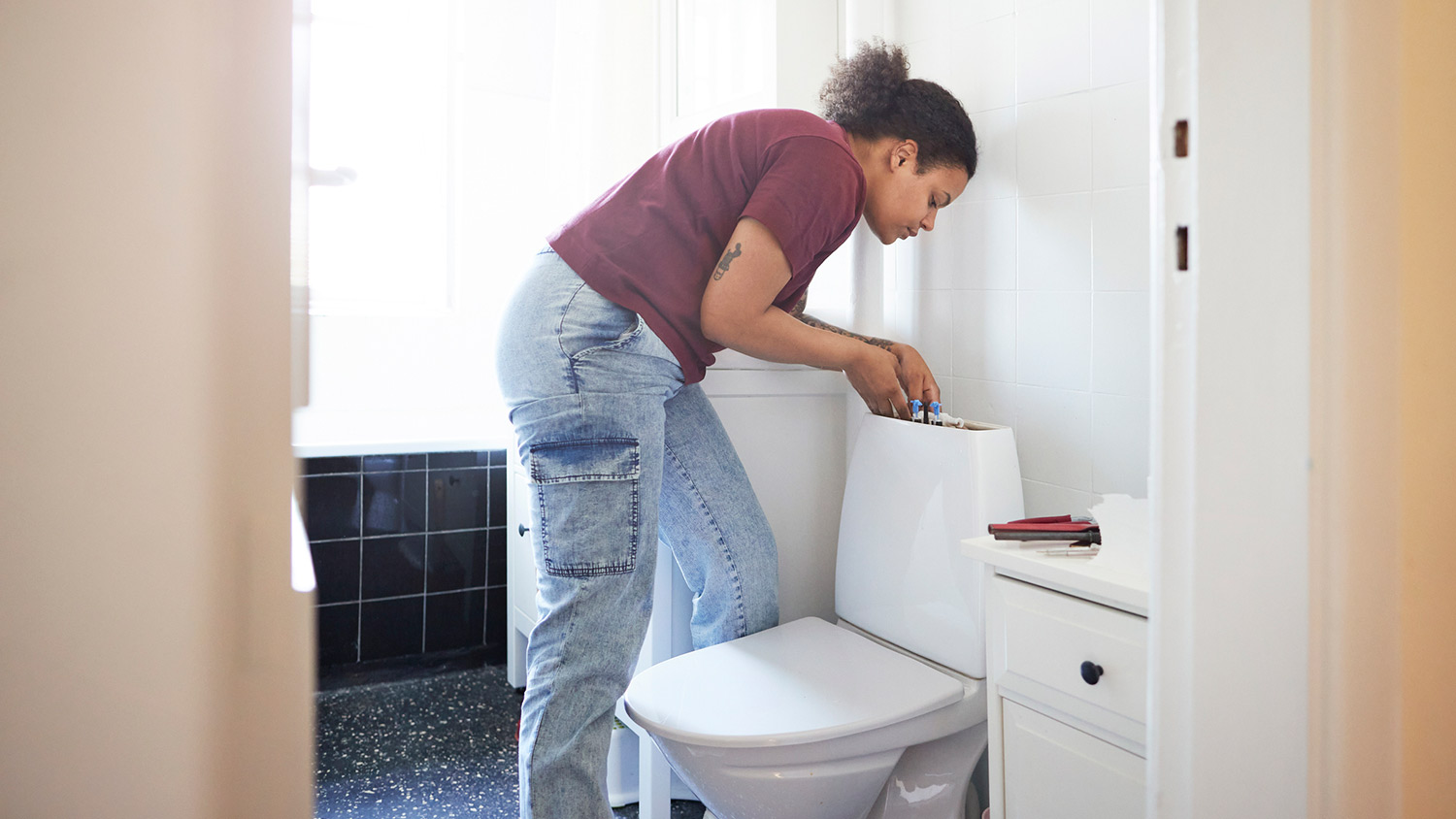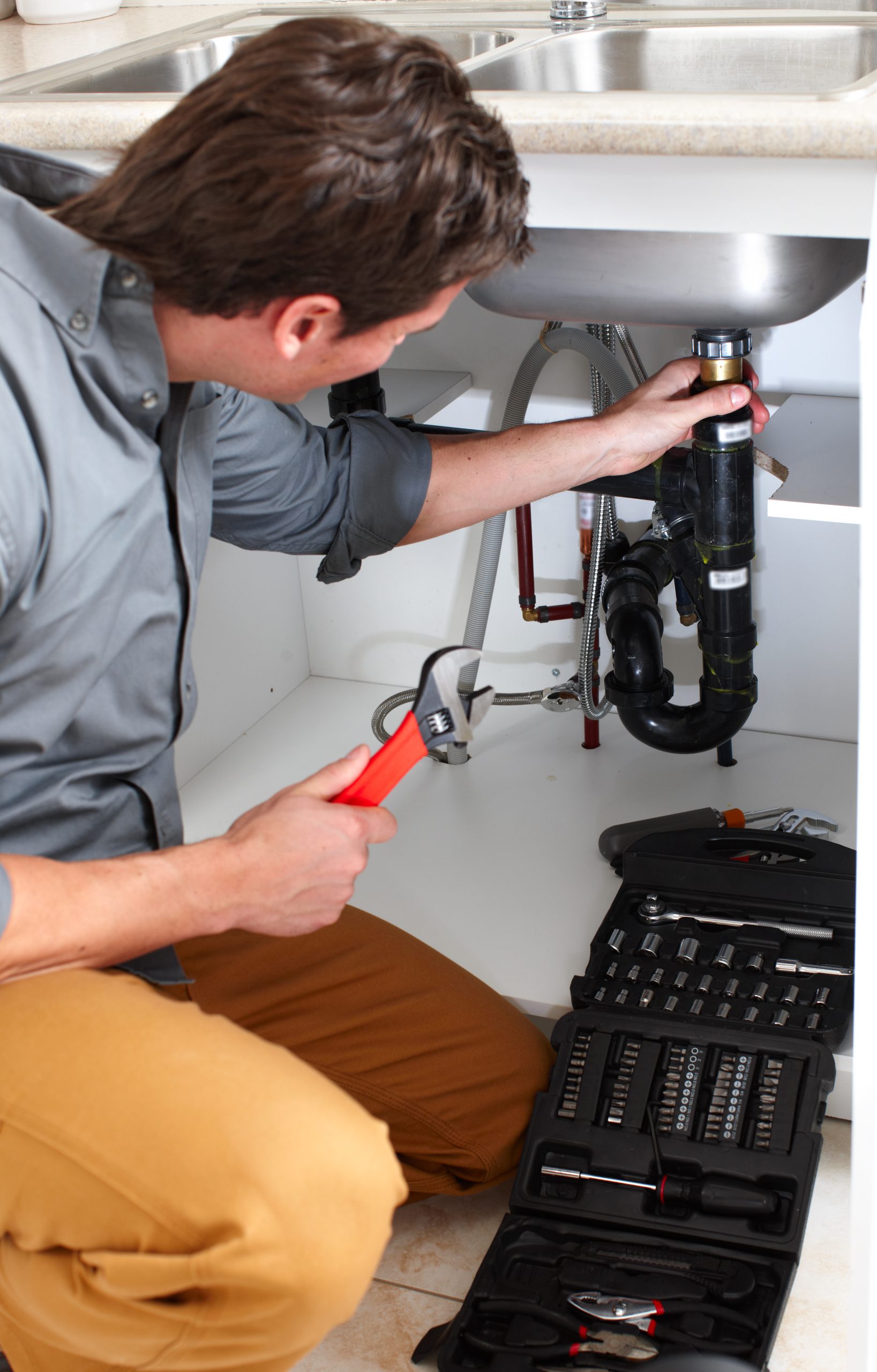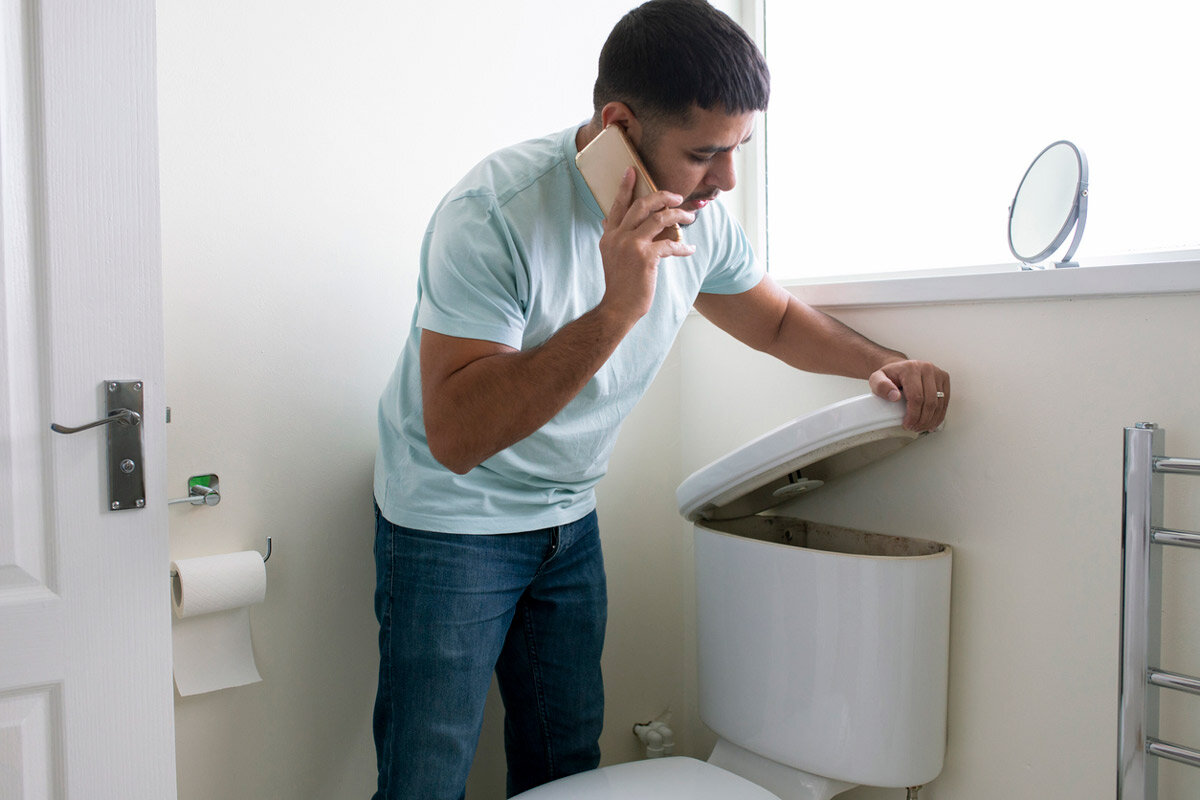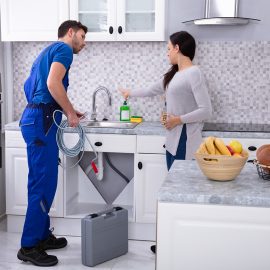
Unclogging a septic tank is a very delicate operation that usually requires the intervention of a professional. However, you can succeed in this task without the help of the latter, provided that you respect certain steps. So, without further ado, let’s dive into this blog and learn some of our tips to unclog a septic tank.
1. Identify the source of the clogged septic tank

A clogged septic tank is a very common household problem. It needs to be unclogged quickly, or it can cause suffocating odors that pollute the air inside the house. In addition, a clogged septic tank can lead to water leaks, which can cause sewage to flow into the toilet bowl or clog.
To successfully unclog a septic tank, you must first identify the source of the clog. After that, you will have an idea of the extent of the work to be done. Generally, the clogging occurs in the septic tank’s grease trap or in the pipe inside your home. But it may also be located in the sewage lift station or outlet pipe.
2. Check the water flow
You can tell if the water flow clogs a septic tank. But to be sure, it’s a good idea to check the actual source of the blockage thoroughly. To carry out this operation, proceed as follows: First, wear a mask to protect yourself from toxic gases and gloves to avoid dirtying your hands. Next, open the grease trap tees and manholes.
Stay away from the manholes for 15 minutes to allow the harmful gases to escape. After that, open all the faucets in your home: bathtub, shower, sinks, toilet flushes and sinks. These steps will allow you to verify that the water is flowing properly through the various fixtures in your home.
3. Identify the clogged sewage system

In this step, you will simply identify the clogged sewage system. To do this, merely check where the water is not flowing. If it does not reach the first maintenance hole, it means that the blockage is in the pipe of your apartment. If the water does not flow to the grease trap, you should immediately clean and empty it. Also, check the pump for any malfunctions.
4. Unclog your tank
Once you have identified the cause of the blockage in your septic tank, you can unclog it. To do this, follow these tips:
-
- Use a pressure washer or garden hose to clean the clogged inlet pipe.
-
- Empty the screen with both hands if it is complete.
-
- Call a professional to pump out your tank if it is clogged with sludge.
-
- Clean your septic tank’s outlet prefilter if it is clogged. If the polyethylene cap and pozzolan are damaged, replace them immediately.
-
- Remove any debris blocking the outlet pipe of your tank.
5. Empty your septic tank

A clogged tank should also be pumped out. In fact, at some point, this is mandatory. To do it, you must contact a professional approved by the public sanitation service or the perfect. For septic tanks, the emptying must be done every four years, while for all-water tanks, this operation must be done every two years.
6. What maintenance products should I use for a septic tank?
There are currently many ecological maintenance products on the market (detergents, soaps, w.c…. products) that allow you to extend the life of your sewage system while preserving the environment and saving on emptying and maintaining your pipes.
There are also biological septic tank activators in liquid or granulated form, which are poured either into your pipes or directly into the tank of your septic tank or micro purification plant and will “boost” the purification of your sludge, especially after an emptying or a long absence.
Sound off in the comments section below and tell us what you want to read next and if you want to read more about unclogging a septic tank.



